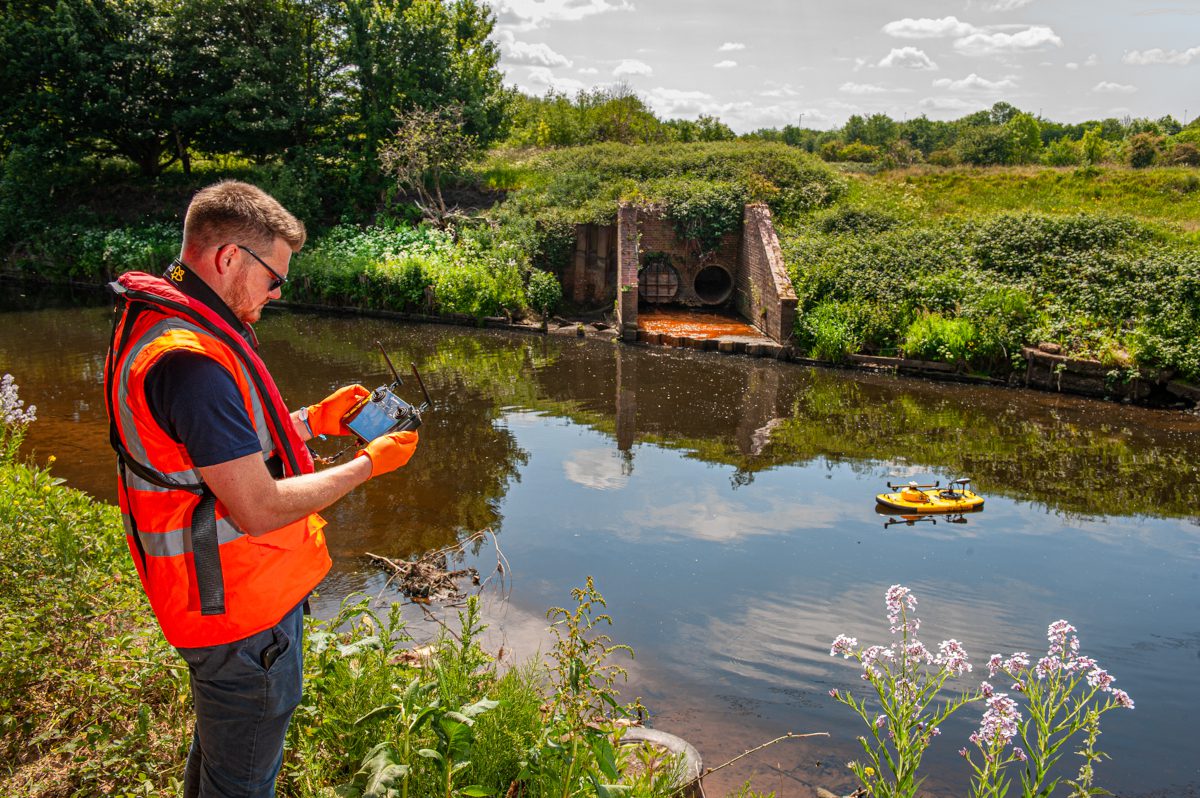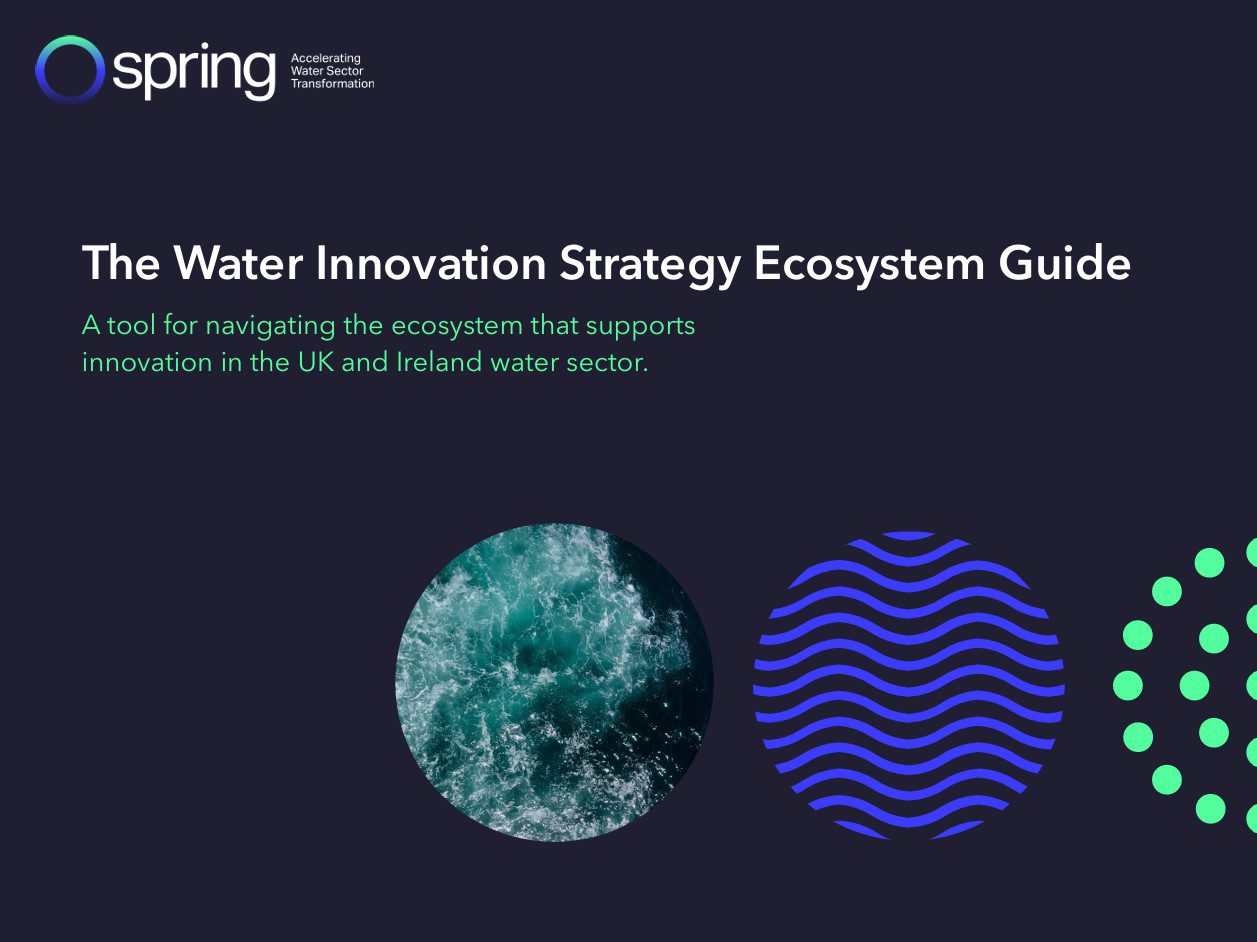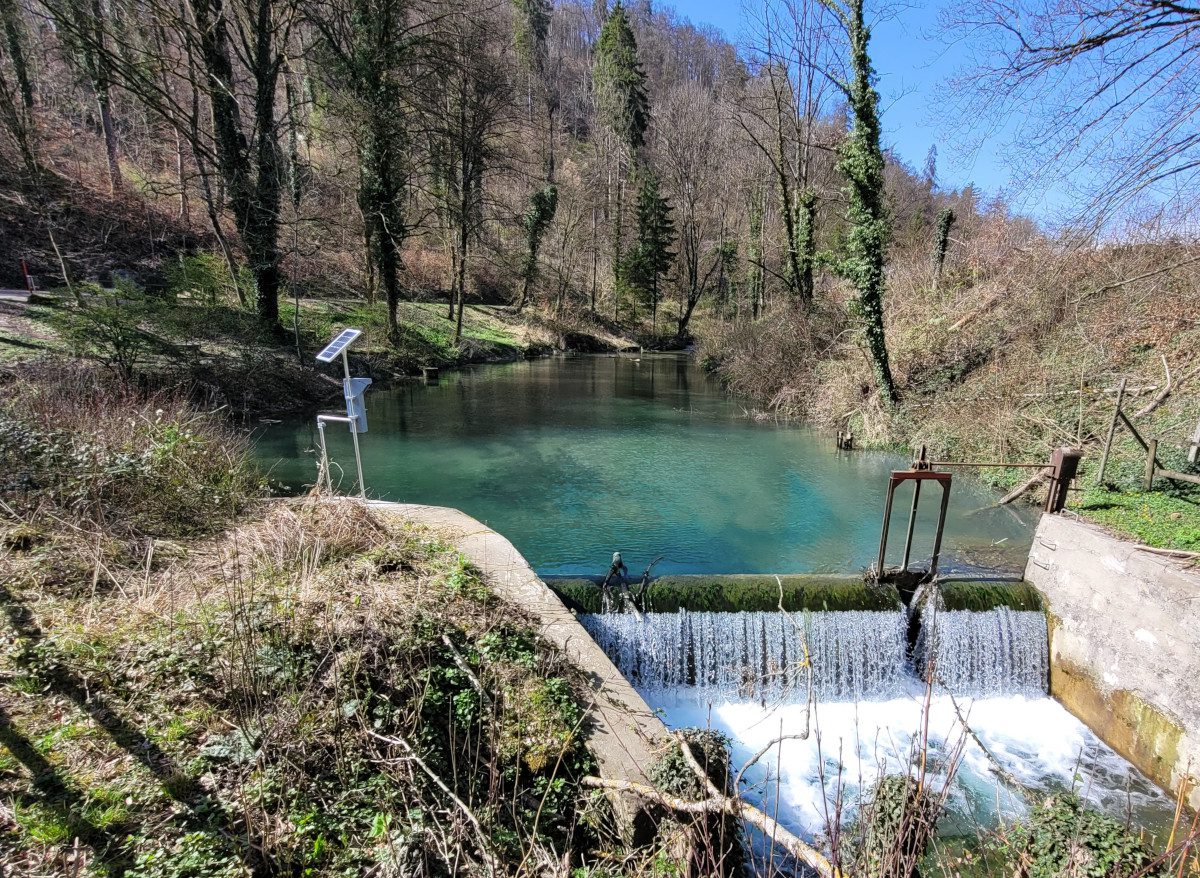Important new data about river flow is now available from the Reference Observatory of Basins for International hydrological climate change detection (ROBIN) dataset, announced by the UK Centre for Ecology and Hydrology (CEH). This contains publicly available daily river flow data for 2,386 gauging stations across the globe which have natural or near-natural catchments. Additionally, a new open-access Data Descriptor paper explains how the network and dataset was developed.
Data from river basins that are relatively undisturbed by human impacts are important for efforts to detect climate-driven hydrological trends and make informed decisions on climate adaptation strategies.
Prof Peter Thorne (Maynooth University and coordinating lead author of the IPCC AR6 WG1) said: “In the IPCC AR6 assessment we concluded that the direction of global streamflow trends remains uncertain, with ‘low confidence’ in patterns of observed change. Much of this lack of confidence relates to the relative absence of rivers which are unperturbed by other human factors. With ROBIN providing a set of long-term, sustained measurements which are, to the extent practical, free of human perturbations, future assessments of global streamflow can potentially discern with higher confidence any signal that may exist.”
By bringing this information together and making it available for wider use, ROBIN represents a significant advance in global-scale, accessible streamflow data. The project, led by the UK Centre for Ecology & Hydrology (UKCEH), has created a long-term collaboration of international experts, now including more than 60 partner organisations from 30 countries across five continents.
As part of the project, representing Chile, Dr Camila Alvarez Garreton (Hydrologist at the Center for Climate and Resilience Research) said: “ROBIN is a remarkable initiative, creating an open, harmonized foundation for global climate research. It supports scientific collaboration and boosts the visibility and use of regional datasets in international scientific efforts. Integrating our CAMELS-CL dataset into ROBIN has been an important step toward connecting local hydrological data from Chile with global climate studies, an experience I am sure is shared by the many countries involved.”
The ROBIN dataset also has full metadata for 3,060 gauging stations, including those providing daily flow data. Most records span at least 40 years, though some date to the late 19th century.
Global-scale analysis of trends in river flows using undisturbed catchments is important for many reasons. Future IPCC assessments and other policy relevant reports need such data to better understand how climate change affects river flows, but other uses go beyond looking at climate impacts. Hydrologists and water managers need to know natural variations in river flow in order to detect the impacts of human disturbances (dams, abstractions) in more modified catchments. In turn ecologists can help understand these impacts on river eosystems.
One example of wider use of ROBIN comes from New Zealand. Sara Mager (University of Otago, New Zealand) explained: “ROBIN has helped us bring together disparate flow records held between different local and national bodies. Research is already underway using this dataset, including detecting regional patterns in runoff generation and the incidence of atmospheric rivers; analysing the impacts of reducing snow and ice on water generation; and assessing vulnerability to droughts in mountain regions.”
This example also highlights how ROBIN is helping build capacity, enabling countries to establish networks of near-natural catchments that can be used for research and other applications.
While ROBIN has been successful in bringing countries together to share data, many parts of the globe are not yet featured. The ROBIN network continues to grow with ongoing efforts to increase the number of participating countries. Further information on participation (including information sheets in Arabic, French, Mandarin, Russian and Spanish) is available on the project website.
ROBIN was funded by the UK Natural Environment Research Council Global Partnership Seedcorn Fund – NE/W004038/1 and the NC-International programme [NE/X006247/1] delivering National Capability

















